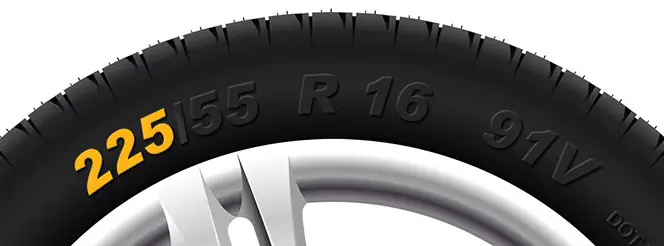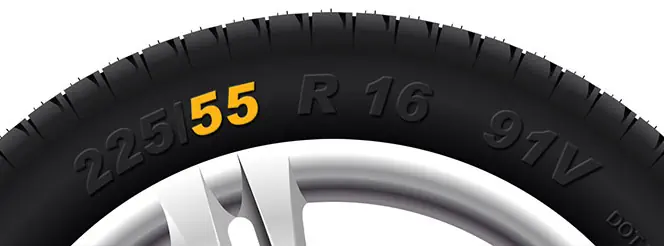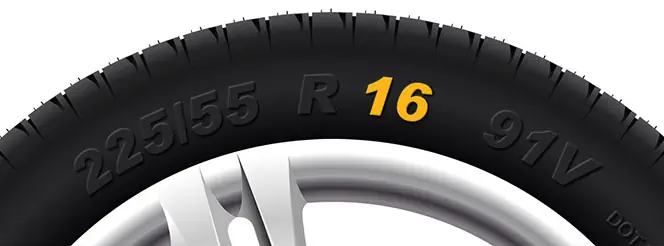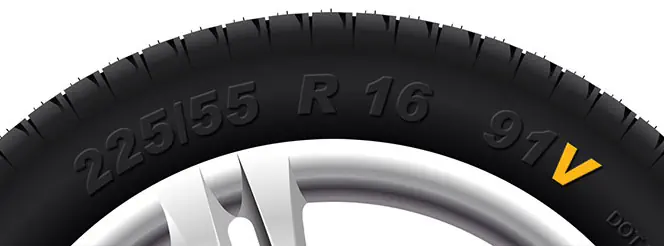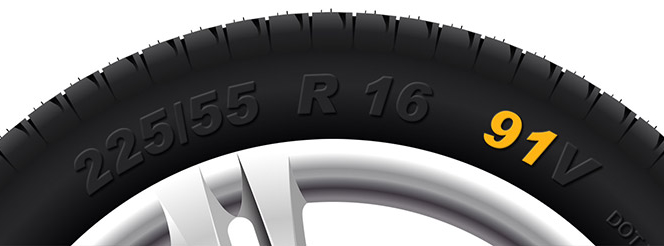The Lowdown on Window Tinting (Dos and Doníts)
Bradley Jando | Wednesday 31st March 2021 4:08pm
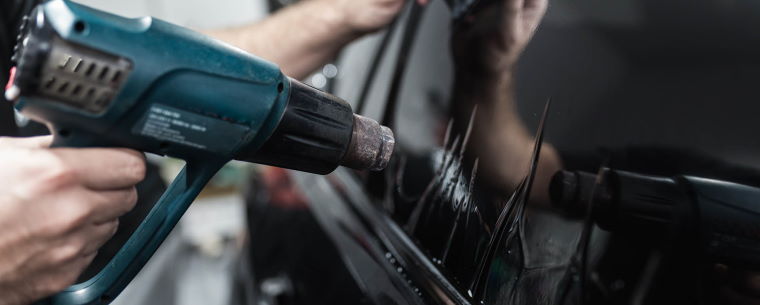
Tinting windows can be one of the most fun, early modifications that people try their hand at when it comes to car modding. Usually, thatís because itís one of the cheapest options. But, you need to be aware of some things first - like legality, and some helpful tips and tricks if youíre planning to do it yourself.
Is window tinting legal?
Window tinting is legal - to a certain extent. Itís worth checking with your national law, but in the UK itís currently legal to have window tints on the front windscreen, so long as they let at least 75% of light in, and on the front side windows, so long as they let at least 70% of light in. There arenít any rules concerning the back window and the rear side windows.
The reasoning here is that, for crime prevention reasons, the driver of a vehicle needs to be identifiable, however, itís not as important that the identity of passengers is immediately available. Itís crucial to be careful here as if your car gets pulled over, on suspicion of having a too-dark tint, it can be measured using light-measuring equipment and, if found to be too dark, could land you with a penalty or court summons.
If you get your windows tinted at a professional tint shop, theyíll use film that already meets the legal criteria so you donít need to worry. However, if youíre intending to tint your windows yourself, be sure to check that the film youíre getting falls within the legal limits.
Tinting Windows Yourself
Tinting windows yourself can save you a good amount of money, but itís also a process that can take a lot of time and effort without the proper tools, space, and knowledge.
The fundamental process with film-tinting windows is that you clean the window, spray a lot of soapy water onto it to hold the film in place, cut the film to size, then stick it onto the window. The film does have an adhesive side that glues the vinyl to the window, but you need to scrape out any air bubbles to create a secure vacuum between the film and the window.
Here are some tips to help save some stress:
Clean the area well
Youíre going to need to really clean your windows because, when doing a film tint, youíre going to essentially be sticking a vinyl sticker to your windows. If youíve ever tried sticking something to glass, like screen protectors on your phone, youíll know how much of a nightmare specks of dust can be.
When it comes to vinyl stickers, itís no different as specks of dust create large bubbles in the vinyl that ends up ruining the finish. Good preparation goes a long way here, so use a good squeegee and a lot of soapy water.
Use a good spray bottle
Youíre going to need to be spraying a lot to sufficiently clean the windscreen and to get the film to stick, so make sure you have a spray bottle thatís really clean to begin with, and one that makes a good fine-mist spray. You need to avoid spray bottles that previously had harsh chemicals in them as these may degrade the vinyl film and ruin your hard work. So itís usually a good idea to buy a new, dedicated ďsoapy waterĒ spray bottle.
Use a really sharp, fresh craft knife
Use a fresh, sharp craft knife - or order yourself an ďOlfa KnifeĒ with a stainless steel blade. You need to make a lot of accurate cuts and a blunt blade will cause the film to bunch up and ruin your work.
Use high-quality film
Many cheap films can tear when overheated or overstretched. Of course, any film will tear or burn if treated improperly Ė but the tolerances of high quality films are much higher, as they are much more durable.
If youíre going to spend time doing a job well, you may as well spend an extra few pounds to make sure that itís not going to come apart in a yearís time.
Always leave yourself wiggle room
Itís common practice to cut the film into Ďpatternsí to size directly on the car. Doing so for the first time, however, leaves you possibly scratching your car. Professionals cut tint film so often that they usually know just how much pressure to apply.
Aside from being aware of how much pressure you apply, make sure to cut the film a little larger than the final product when you cut it from the roll as that way, you allow yourself a margin for error. Then simply Ďanchorí the film in place by spraying water on the window and secure a section of the film with the squeegee while you cut it to the exact size on the window.
Need help with your car?
While we donít offer window tinting at Kwik Fit, weíre able to look after any of the mechanicals in your car, so get in touch with your local Kwik Fit if you need any car help.
Any facts, figures and prices shown in our blog articles are correct at time of publication.
Featured Articles
Is it Illegal to Drive With One Headlight?
Saturday 19th July 2025
Wondering if itís illegal to drive with one headlight? Learn about the safety risks and penalties of illegal blown bulbs and why you should fix them promptly.
Air Con in EVs & Hybrids: Experts Answer Your Questions
Monday 30th June 2025
Does air con drain EV batteries? Can you use the air con while charging an electric car? Find out the answers to these questions & more from Kwik Fitís experts.
Why Is Your Car Making a Noise? Fixes & Tips
Friday 13th June 2025
When your car starts making unexpected noises, it can certainly be quite disconcerting; it may be nothing to worry about, but hereís what you need to know.





